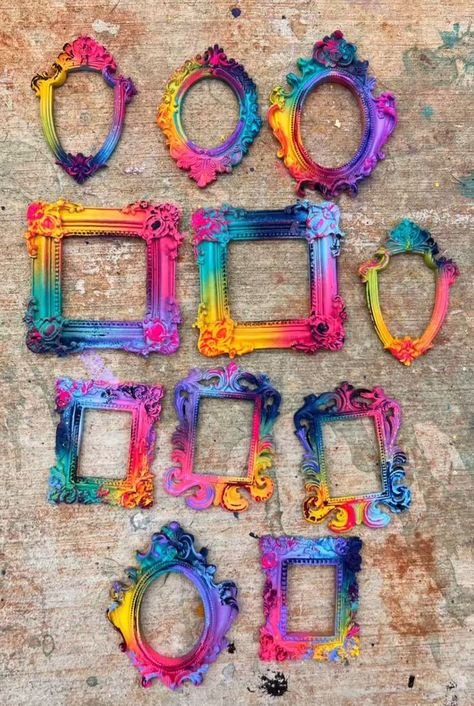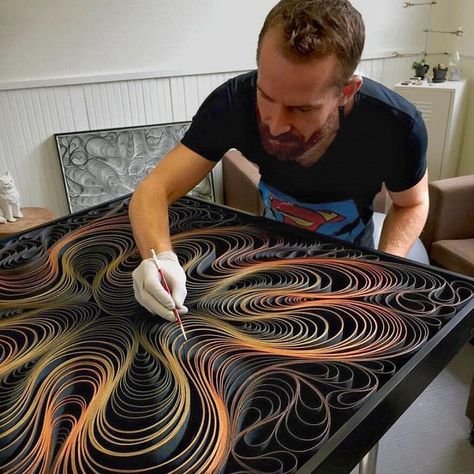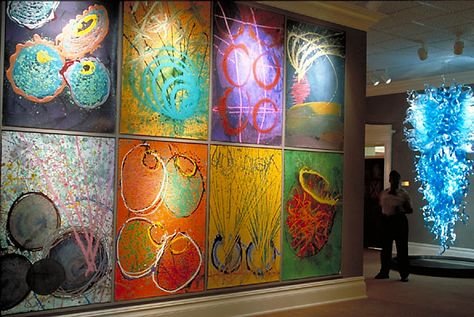
When it comes to interior design, walls are frequently disregarded canvases that are full of opportunities to showcase individuality and ingenuity.

“The Art of Framing: Turning Walls into Galleries” explores how art, whether in the form of photo frames, wall art, or paper art, can take any average area and turn it into something amazing.
Picture Frames: Preserving Moments, Improving Beauty

Picture frames are decorative elements that elevate a space’s aesthetics and act as guardians of treasured memories. Whether a frame is simple and contemporary or elaborate and vintage, it makes a big difference in how a picture is seen.

To add visual interest and depth to a gallery wall made of photo frames, try combining and matching frames of various sizes, styles, and finishes.

A vivid color photograph in a minimalist metallic frame may be placed next to a black-and-white snapshot in a rustic wooden frame, both adding to a lively yet cogent visual narrative.

Photo framing is all about placement and space. While asymmetrical layouts evoke a more varied and creative feel, symmetrical compositions may create a feeling of order and balance.

You may create a visual narrative on a blank wall that captures memories and feelings by carefully choosing your framed images, which will make your room seem cozier and more special.
Wall Art: Making Vibrant Claims

A room’s mood may be effectively established with the help of wall art. An eye-catching piece of wall art may draw attention to itself and start a conversation, whether it’s a tapestry, a set of prints, or a giant canvas painting.

The piece’s scale in relation to the wall should be taken into account while choosing wall art. Large, striking works of art may anchor a space and make a powerful visual statement; smaller pieces look well grouped together or as part of a gallery wall.

The subject matter of the artwork is similarly significant; although landscapes and portraits offer warmth and character, abstract designs can offer a contemporary, sophisticated touch.

Paintings combined with metal sculptures or framed fabrics, for example, may create a layered, textured aspect that enhances the space’s richness. You may create a wall that suits the general style of your house and expresses your personality by playing around with location and matching.

Paper Art: Creating Dimension and Texture

An often-underappreciated method of adding texture and dimension to a wall is paper art. Paper art provides a tactile touch to your walls that invites deeper examination and admiration, ranging from delicate paper cutouts to 3D origami creations.

The adaptability of paper art is one of its distinctive features. It may be dramatic and ornate, like a gigantic paper sculpture that fills an entire wall, or it can be simple and modest, like a single, expertly cut silhouette enclosed in glass.

Paper art is a very customizable accent to your décor since it can be made to match the theme and color palette of your space.

Use floating frames or shadow boxes to showcase paper art; they preserve the fragile material and make it stand out. Combining many paper art works may provide a unified, gallery-like effect that transforms a blank wall into a display of artistry and skill.


Success Strategies for Curating Your Own Gallery


Making your walls into a gallery requires more than just hanging artwork; it also entails crafting a story that flows and catches the eye, reflecting your personal taste and aesthetic. The following advice can help you successfully curate your wall art:

Choose a theme first: A theme might be a color scheme, a certain style, or a topic matter; it helps direct your choices and produces a cohesive appearance.


Mix & Match: Don’t be scared to put various art forms together; picture frames, wall murals, and paper artwork may all look great together on the same wall. The variation breaks up the monotony and provides interest to the area.


Play with arrangements: Before deciding to hang your pieces, try out several arrangements. To see how they will be arranged, spread them out on the floor or put paper templates on the wall.

Think About Lighting: Good lighting may improve the way your artwork looks. Employ ambient lighting or spotlights to provide depth and draw attention to important details.


Key to Balance: Make sure your layout has a feeling of balance regardless of whether you choose symmetry or asymmetry. The components’ apparent weight, spacing, or color distribution might all be used to achieve this.


Using Art to Express Oneself


“The Art of Framing: Turning Walls into Galleries” emphasizes how art has the ability to change a room and make it a reflection of your individuality and sense of style.

Your choice of wall décor may greatly impact the mood of your house, whether it’s with picture frames that hold special memories, statement wall art, or paper art that provides texture and dimension.

You may build a gallery in your own house that not only improves the visual appeal of the area but also tells a story that is exclusively yours by carefully choosing, organizing, and presenting your work.

